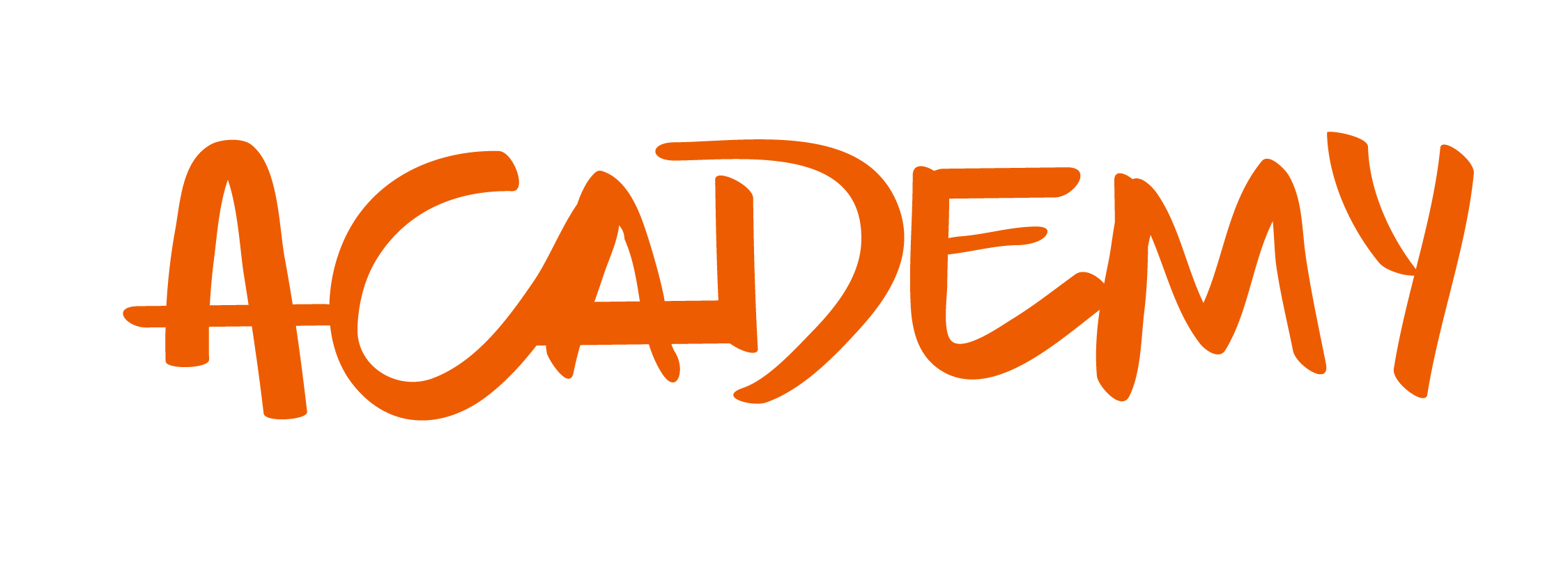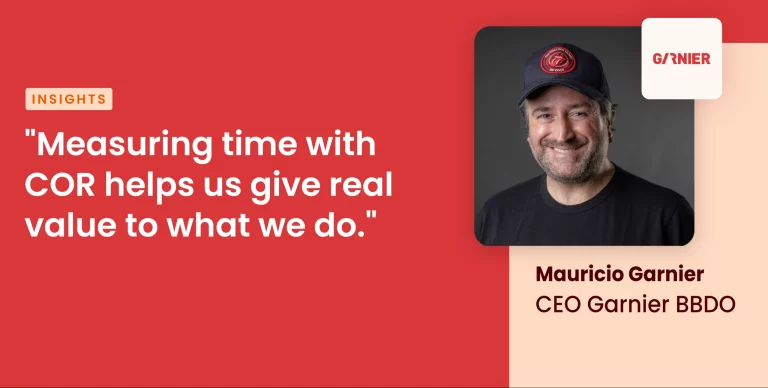After an enormous setback in 2020, thanks to a global pandemic that has wreaked havoc on every sector, the advertising industry is poised to make a comeback. Many sources project that in 2022, the industry will reach new heights, perhaps even surpassing pre-pandemic positions.
That said, every day, advertising agencies are continuing to grapple with challenges. Across the industry, organizations must address pain points that upset their careful balance. Here are 10 of the most common ones — and what you can do about them.
1. Managing Cash Flow
Money. It’s something that is both a blessing and a curse — depending, of course, on whether you have it. How does an advertising agency successfully manage its cash flow?
Some businesses simply don’t have the necessary monetary resources to hire the staff they need to spearhead and fuel their efforts.
In some cases, leaders at the top don’t recognize the importance of marketing efforts and thus relegate minimal funding to pay for their efforts. That is to say, marketing departments at these corporations don’t have the necessary budgets for their endeavors.
Of course, there’s also the matter of the pandemic. During COVID-19, many businesses are suffering steep monetary problems, while clients and consumers limit their spending. This has made a challenge that already existed even greater.
What to Do About It
One answer is embracing a lean philosophy when it comes to spending and managing your budget. Business owners will need to employ a cautious approach, while simultaneously providing the necessary funding to ensure that their marketing departments can continue to operate and run smoothly.
This requires careful financial planning, cutting out the waste. They will also need to keep careful track of their expenses using either a qualified professional and/or bookkeeping and accounting software, which can help you manage your finances.
Moreover, while we’re grappling with challenging economic times, marketing professionals will need to prove their value to their business leaders and clients alike. This means presenting data on their efficacy and ROI, as well as developing cost-effective alternatives to expensive tools and efforts.
2. Finding and Keeping Talent
In the midst of the Great Resignation, attracting talent and retaining the professionals you do have is a challenge. Creative work, in particular, demands specific skill sets and qualifications, ones that are often difficult to find.
This can sometimes lead to too many demands on the staff you do have, which may cause them to burn out — in turn, reflecting poorly on your agency.
Moreover, having to hire new talent continually is costly. You will need to invest a significant amount of money in the hiring process all too frequently.
What to Do About It
Advertising agencies must employ a long-term mindset when investing in their recruiting process. Consider not only the specific talents and skills you would like each individual candidate to have but also the qualities that will make them fit in and blend with the company culture.
Branding your company will also play an important role in attracting and engaging job candidates. This will also allow you to create a pipeline of talent that you can tap into when the situation calls for it.
Branding takes place in both digital and physical realms. From your social media accounts to your landing pages to advertisements on the subway, job candidates and customers alike should be able to see your content and imagery and know who you are and what you stand for.
This is also a step toward retaining talent that you have already brought in. Along with offering perks that encourage loyalty, having a well-honed brand and image allows employees to be proud of where they work — which increases the likelihood that they will stay.
Additionally, marketing agencies should introduce initiatives that allow employees to build their careers, entirely in-house. Through initiatives like training programs, tuition reimbursements, seminars, and more, marketing agencies can not only attract recruits but also retain the talented individuals they already employ and help them advance in their careers without leaving the company.
3. Managing Accessibility.
Accessibility is an enormous concern for advertising agencies. How do they ensure that their campaigns and initiatives are reaching their intended audiences and attracting new clients? There are, after all, people with many different learning styles and abilities, and one of the biggest challenges is targeting appropriately and making the content accessible.
But it may feel overwhelming and even impossible to account for all disabilities and reach the people you need to succeed.
What to Do About It
Fortunately, today, there have been greater strides toward making digital marketing campaigns and other collateral more accessible to people with a variety of abilities. There are a variety of tools available to help, such as speech-to-text converters and screen adjustments.
For digital marketers, there is a range of tactics to employ. For example, when you post an image, add alt text so that users with visual impairments can understand it. This is a best practice for SEO purposes, too. Additionally, when you post a video, include an SRT file to add close captioning to make it accessible to people with auditory impairments.
You can also find plenty of resources, information, and ideas via the Web Accessibility Initiative.
4. Time Management.
Time. We simply don’t have enough of it in a day. It’s a problem everyone grapples with regularly, and marketing professionals are no different. It is, perhaps, our most important resource in the world of work — and one of the scarcest.
How do professionals effectively make the most of the time they have to create, imagine, and innovate — and do it all efficiently?
What to Do About It
You can’t put more hours into your day. But you can use strategies to maximize the time you do have.
Project management software with AI, for instance, can give you valuable insights into your workflows so you can better understand your level of efficiency and where you and your team could be better managing your time. You can also see how those hours are actually translating to real results.
5. Lead Generation
How do you find potential customers? That starts with leads.
But 61% of marketers name lead and traffic generation as their biggest obstacle, according to a 2021 report by Hubspot. This is especially difficult for small businesses and agencies, which lack the manpower to focus on this important activity around the clock.
The fact remains, however, that attaining high-quality leads is critical for generating business and keeping your advertising agency in the business.
What to Do About It
Lead generation requires a multi-pronged strategy. It involves all the marketing tools you have in your arsenal, from your website to your social media campaigns to cold emails.
Every page on your website should have a clear and compelling CTA, for example, as should every email. There should be a quick and easy process for users to fill out forms, and that data should be accrued automatically into a database you can draw from.
Your landing pages should be optimized, and even your creative content, like blog posts, should prompt your audience to take action.
Consider innovative ideas for making your CTAs more compelling. If you work with a user experience (UX) designer, for instance, they can help you revolutionize your content to prompt users to take action. Even a button that pops up when you hover the mouse over it could make the difference between someone filling out a simple form and exiting your site forever, never to return.
There are plenty of tools to help you manage your leads, including a number of free ones. But it doesn’t stop with simply collecting your leads. Once you have them, you need to nurture them.
Many small businesses use customer relationship management (CRM) software to manage new clients and prospective leads. This type of system allows you to track your leads and remember relevant details that will help you engage them. You can, for instance, send them personalized and targeted emails. Don’t forget about employing a personal, human touch to better reach your clients — even phone calls, old-fashioned as they may sound, can help.
6. Understanding Consumers.
It’s not enough to simply have leads. In order to make the most of them, you must learn about your old and new customers alike.
Early on, you must seek to understand your consumers — their wants, their needs, their desires, and their interests. That way, you can target your campaigns more effectively, personalizing them to your specific consumers’ tastes and engaging them more effectively.
What to Do About It
Entrepreneurs must seek to understand their customers from the very beginning of the startup process. This starts with establishing whom you’re targeting and attempting to reach. Create buyer personas, considering what they do for work, how they spend their free time, their demographics, what they consider their priorities, and so on.
From there, you can craft a plan about how to best appeal to your consumers through your marketing efforts. This requires significant input from the creative team — in fact, they are likely to be the ones who will spearhead these efforts. Copywriters, for instance, will focus on messaging that coincides with what consumers are looking for. Graphic designers meanwhile will craft images that will add visual appeal to campaigns.
Your content, too, should meet the expectations of current and prospective clients and consumers. Focus on creating positive experiences for your base will encourage loyalty.
You must also continue to measure the performance of your advertising efforts to assess how customers are responding to them. Studying analytics and other numerical data will allow you to see where you’re thriving and where you need to change course.
7. Creating Engaging Content.
Content creation is the cornerstone of any creative business, none more so than advertising agencies. More and more, agencies are recognizing the importance of incorporating innovative, engaging content.
You have many tools at your disposal, such as social media marketing, videos, blog posts, podcasts, white papers, interviews, case studies, infographics, e-books, and much more. This is how you will manage to entice consumers, giving them a taste of your product or services and whetting their appetite for more.
What to Do About It
Simply put, incorporate a range of content ideas into your marketing strategy. Consider, for example, how thought leadership pieces could augment your brand. Or, think about using influencers and how they can help, depending on the nature of the industry.
You will require the expertise of content strategists and creators, whether you’re focusing on building up your blog or creating short videos.
Dive deep into your industry, too, looking at competitors to see the types of content they’re creating and using to appeal to consumers and optimize their experience.
8. Staying Ahead of Industry Changes.
Today, many advertising agencies are turning to digital transformation as a means of revitalizing their brands. But advertising and marketing are ever-changing fields.
Staying abreast of developments in the industry is difficult. You will need to constantly and consistently be on the pulse of the landscape, the skills and talents professionals need, the trends in the field, consumer interests and needs, and the laws and regulations governing marketing practices.
What to Do About It
Your knowledge of the advertising industry and ability to keep up with the changing times depend on the talented individuals you employ. Professionals must always be abreast of changes and news in their industries.
Consider engaging freelancers and consultants to fill in the gaps, too. These individuals, if they’re worth their salt, are always at the cutting-edge of their fields.
Moreover, you and your staff should continue to upskill, engaging in training and learning opportunities to keep their skills fresh. As a leader at your business, you should encourage and even provide these opportunities, such as by offering learning and training sessions in-house and/or tuition reimbursements for programs that will help them gain competencies necessary for their careers.
You need to put in the effort, too. Even small measures, like setting up Google alerts to let you know about significant changes in the field, will help you with your day-to-day and longer-term challenges.
9. Market Saturation.
How do you stand out in a field that’s rife with competitors? Market saturation, particularly in a field that is so relevant to businesses of all types, is a problem for advertising agencies, which must stand out in order to attract new clients and keep their current ones happy.
How do you deliver on your promise and continue to appeal to your base — all while attracting new clientele?
What to Do About It
Set yourself apart! When you conceptualize your business from the get-go, perform deep market research on the competitors that exist within your space and what holes and gaps you can identify. Perform testing of your products and services on representatives from your target market. This will allow you to hone your product and strategy, better equipping you to stand out in your space.
You will also need to find your niche in the field. You can’t simply be a small advertising agency that appeals to absolutely everyone — the more narrowly you define your audience, the more likely you will be to actually engage those consumers. In other words, identify your strengths and unique attributes and use them to your advantage.
In the longer term, once your business is well-established, you will continue to assess and reassess your strategies. New competitors could emerge, and you may find that a market that was once free and clear is now saturated with agencies with similar strategies and services to offer that you do.
10. Revitalizing Strategies.
Creative industries are all about innovation. These have numerous benefits, but at the same time, it also means a considerable amount of work. The strategies you relied on last year aren’t necessarily the ones that will carry you through this year. There is no room for cookie-cutter templates in an industry that is about creativity and innovation.
At the same time, it can be difficult to constantly rework your plans to accommodate the changing nature of your field.
What to Do About It
Consider every aspect of your strategy regularly, from the channels on which you promote your content to the devices clients and consumers are using to your digital presence.
Understand everything possible about your niche, whether your advertising focuses on healthcare, real estate, technology, or another segment. Revamping your strategy will require knowing when changes are taking place in the space in which your clients operate, not just acknowledging those that are occurring in the marketing world.
Finally, be cognizant of the fact that there will always be challenges and obstacles in the advertising industry, from budget gaps to market saturation. But you don’t have to let them destroy you or your business. Recognize that acknowledging the challenges will equip you to grapple with them and make a meaningful change when they do come to pass — and will ensure that they don’t stand in the way of your success.















